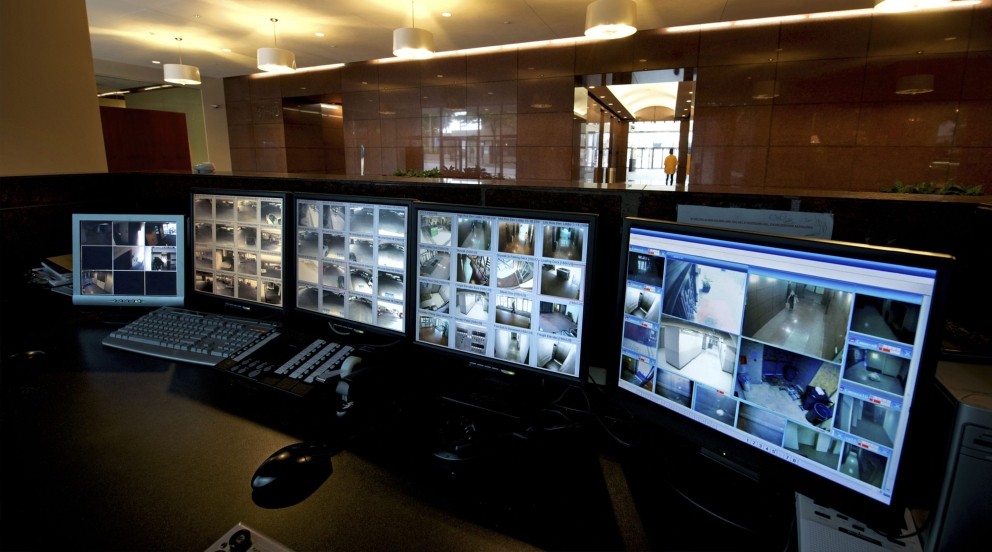
Future-Proofing IP Surveillance Networks
Flexible design facilitates the simple rearrangement of physical topology, the dynamic re-routing of traffic, reconfiguration of existing technologies, and much more. Better still is to also have a network that is well-positioned to take advantage of new technical advances. It is highly desirable for IP surveillance networks to be able to employ new camera capabilities as they arrive, without needing to replace the Ethernet infrastructure. This can be achieved in the following three ways:
Deploy PoE+
Power over Ethernet (PoE) has greatly simplified the process of installing video cameras. As the camera’s power is delivered via the data cable, there is no need to run a separate power feed to the camera. Once the data cable is in place, the camera can be installed, and begin operation immediately.
The original PoE standard provides 15 watts of power over an Ethernet cable. However, the capabilities built into video cameras have advanced over time. Zoom, pan and tilt actions have been enhanced, demisters and lens wipers have been added, and much more. 15 watts is no longer enough to power all these features. Hence, a higher standard, referred to as PoE+, has been defined which provides 30 watts of power.
As cameras continue to become yet more capable, PoE will become obsolete, and PoE+ will increasingly be the minimum expected standard. Even if a network does not need PoE+ today, it makes sense to install PoE+ capable switches, to provide an infrastructure that will support these enhancements for years to come.
Don't Skimp on Bandwidth
The resolution of video images increases exponentially. The higher the resolution, the more information human and electronic analyzers have to work with. However, higher resolution images mean higher data rates. A future-proof network must have plenty of bandwidth. A 1 Gigabit uplink from a switch connecting 48 cameras might be enough today, but could be inadequate within a few years. Bandwidth should be provisioned to allow for up to a 5-fold increase in bandwidth requirements within the installation’s lifetime.
Be Ready for IPv6
Although the majority of video surveillance equipment today uses IPv4, the move to IPv6 is just around the corner. As more of the applications associated with video surveillance – such as sending feeds to mobile devices – operate over IPv6, there will be increasing momentum towards using IPv6 natively within video surveillance networks. Governments are also beginning to mandate the use of IPv6 in public sector networking systems. Installing an IPv6-capable infrastructure now, enables a pain-free transition to IPv6 when the time comes.
Related




